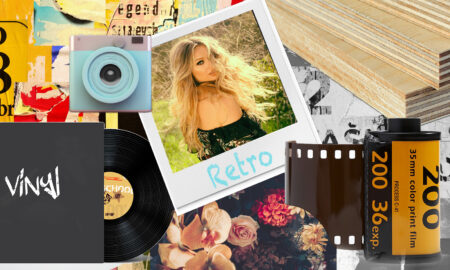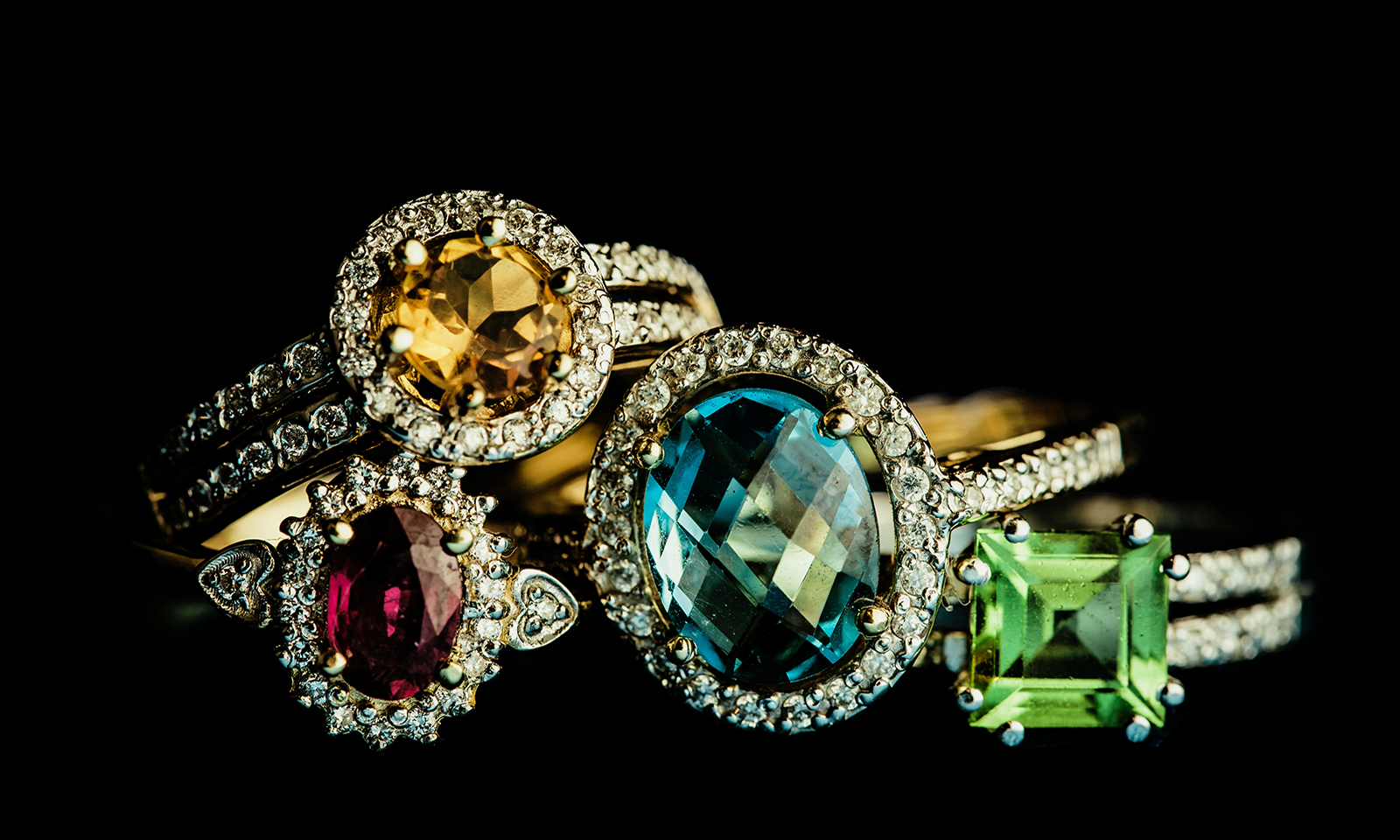

Given the vast assortment of colored gemstones that exist, we often wonder which gemstones pair well together. Not all of us can afford diamonds, so we’re going to want to experiment with the colored varieties for creating our soul charms.
Today, we’ll be discussing some factors for matching gemstones with each other. That way, we can actually wear stones of all types in ways that make us happy.
Diamonds Are Forever!
As far as gemstones go, you’ll be hard-pressed to do better than a diamond. For the most part, it’s impossible to beat this particular gemstone in looks and meaning. It shines, sparkles, and screams of class and sophistication. Still, you want some color in your life, so even though “Diamonds are forever,” they won’t be enough for someone who loves to experiment with jewelry.
Indeed, gemstone color variety is extensive. To find out which colors work well, you’ll want to look at the meaning and physical appearance of the gem. However, before you get to that, you must first concentrate on colors that match.
You probably have quite a few questions when putting a look together. Which gemstones match beautifully? What color stones work best with my outfit? At the end of the day, you want to make sure that shades do not clash. One should be the centerpiece, while the rest of the colors support it, making it come to life even more.
If you don’t want to trouble yourself with these things, just go with your instinct. Alternatively, to be safer, go for a white stone. It may not necessarily be a diamond, but if it gives the impression of one, then you know you’ll be able to pull off the look.
What to Keep in Mind When Combining Colors
A general rule for combining gemstones is to not go for colors that battle with each other. When colors are fighting for first place, things will look messy, and the audience will have a difficult time focusing on the entire ensemble. However, when one shade dominates and the others accent or support it, you can come up with a great look.
The following are gemstone colors that make for a great pairing:
1. Complementary
Take a look at the color wheel and see what shades are opposite each other. These are colors that balance each other out, so they’ll work for the most part. For example, Citrine and Amethyst, which come respectively in yellow and purple, will almost always go well together. The same goes for Emerald and Ruby, which assume green and red hues.
2. Analogous
Again, we go back to the color wheel and look at the adjacent shades. Green and blue and red and orange are some examples. This means you can pair Emeralds and Sapphires and Citrines and Rubies with little thought.
Still, like complementary hues, these pairs will only work if one color dominates the other. As such, one shade has to be slightly muted. For instance, a Ruby necklace would look fine with smaller Citrine accents, where the orange acts as a supporting color to the scarlet piece.
3. Monochromatic
You will find different shades of blues, greens, reds, purples, and yellows. Basically, shades that belong to the same categories should complement each other with ease. This goes for other colors with similar hues.
4. Triadic
Draw a triangle on a color wheel and check out which colors the triangular points fall on equidistantly. While slightly trickier to balance than other color-combining methods, should one color be allowed to dominate, you can come up with a really great ensemble.
For example, orange, purple, and green, where an Emerald can be paired with amethyst accents against a gold orange setting.
5. Split Complementary
These are three shades where one is matched with the two that fall on opposite sides of the color complementing it. For instance, that gives you yellow, pink, and blue or Yellow Gold, Pink Tourmaline, and Sapphire. These hues should work harmoniously for the most part, given that one dominates slightly over the other two.
6. Tetradic
These are two sets of complementary colors. To come up with these colors, draw a square where each corner intersects a color. This gives you four tetradic colors, examples of which are green, blue, orange, and red. Now, that may translate to Emerald, Sapphire, and Ruby in Yellow Gold.
When combining these shades, make sure to create a balance between the warmer and cooler tones. Plus, one color should clearly dominate the other three.
7. White Pairing
The thing about white stones, like diamonds and White Topazes, is they don’t necessarily have to be paired with anything. Yet, if you’re up for a little mixing and matching with these neutral-colored gemstones, pair them with any color on the color wheel you see fit.
With a colored stone as the center stone, pick white gemstones to accent or support it. This brings out the vibrancy and hues of the center gem to a huge extent. Overall, this is one of the most versatile methods for combining gemstones. One simply can’t go wrong with diamonds, or at the very least, stones that resemble diamonds.
8. Rainbow
Why not go for all the colors? Of course, if you’re thinking about doing this, make sure the stones used are small enough so that they don’t overpower the entire piece. Basically, all you want to do is create a rainbow effect. For instance, a ring with a black diamond as the center stone would look amazing with smaller rainbow colors accenting it.
Matching Your Gemstones Brilliantly
There you have it! The eight methods for pairing stones that could lead to great results. These techniques allow you to come up with different kinds of looks, from soft and subtle to bold and attention-grabbing.
Whether you want to keep things simple or stand out from the crowd, the important thing is you love and appreciate your look. The variety of colors on the color wheel is so extensive that there are virtually no limits to the shades and hues you can combine to create a unique look.























